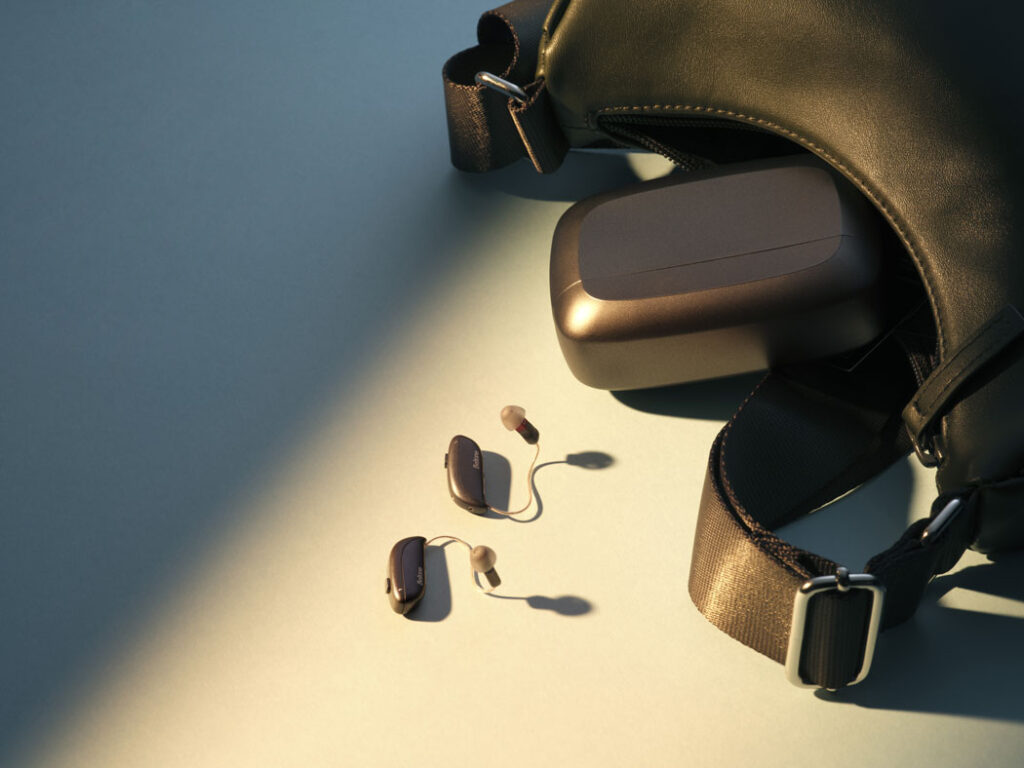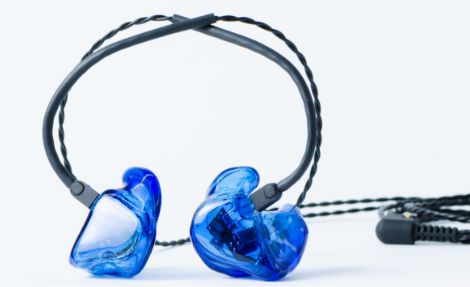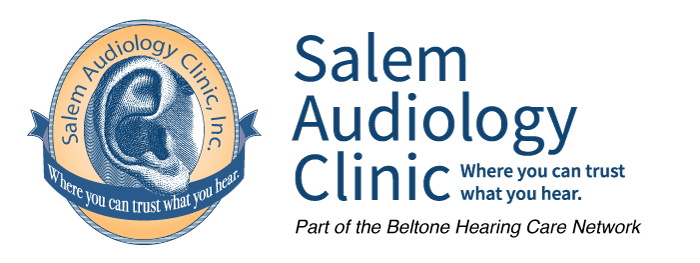Hearing Products
If a hearing aid or device is necessary for your hearing journey, our experts will guide you to the best solution. We offer the latest hearing technology and products that address a wide variety of hearing loss concerns, helping you reconnect to the world around you.
Hearing Technology
Modern Solutions For All Types of Hearing Loss
Thanks to advances in technology, hearing products are designed to be more compatible with our lives than ever before. In addition to hearing aids, there are a number of products that make living and communicating with hearing loss easier to manage, so you never miss a beat.
Like most electronic devices, your hearing aids require a power supply to operate correctly. The slightest change in power output can affect performance, volume, and clarity. But keep in mind that just as all hearing aids are not created equal, all hearing aid batteries also have their benefits and drawbacks. The size and power output…
More on Hearing Aid BatteriesHearing aids come in a wide variety of styles and offer a number of features at varying price points. The device you choose ultimately comes down to your hearing loss, lifestyle and budget. Our hearing aid styles guide can help you find the best match for your unique hearing needs.
More on Hearing Aid StylesHearing aid technology continues to evolve every year. Today, there are plenty of options on the market; all with different features and benefits at varying price points. After your hearing evaluation, our providers will help match you to the best device for your hearing loss, lifestyle and budget.
More on Hearing Aid Technology
Hearing Product Guide
Curious About Hearing Technology, but Not Sure Where to Start?
With so many styles and options, it can be difficult to know which products will suit your needs. Our Consumer Guide to Hearing Aids provides an in-depth breakdown of the different types of hearing devices, as well as the technology available for all types of hearing loss.
Hearing Aid Manufacturers
Hearing Products Created by the Best in the Industry
When it comes to hearing loss, you need a device you can rely on to perform its best. That’s why we carry products from manufacturers with a proven track record of exceptional quality. No matter your budget, lifestyle or type of hearing loss, we have a product to meet your needs.
Beltone Hearing Aids & Accessories
Beltone hearing aids leverage the unique shape of your ear to deliver sounds exactly as nature intended. With advanced features to fit your lifestyle, Beltone’s tailored approach and world-class technology help you stay connected to the world around you.
View All ProductsOticon Hearing Aids & Accessories
One of the top manufacturers of hearing aids, Oticon designs their products using BrainHearing™ technology to help you hear more clearly and naturally. They offer a wide range of styles to address all types of hearing loss and fit into any lifestyle.
View All ProductsPhonak Hearing Aids & Accessories
Phonak believes life is more fulfilling without the restrictions of hearing loss. That’s why they offer a wide range of hearing aid products aimed at delivering an effortless hearing experience, no matter your specific hearing loss, budget or preferences.
View All ProductsReSound Hearing Aids & Accessories
ReSound aims to make life sound better through their intuitive and discreet line of hearing aids and hearing products. They use the latest technology to adapt to your environment to help differentiate sounds and deliver a natural, crystal-clear hearing experience.
View All ProductsSignia Hearing Aids & Accessories
Healthy hearing is essential to getting the most out of life, and Signia’s hearing products ensure you never miss a word. Their adaptable devices leverage the latest technology to help you hear clearly and perform your best in any situation.
View All ProductsStarkey Hearing Aids & Accessories
Starkey believes that quality hearing and clear communication means better physical and mental health. That’s why they design hearing aids that work with the natural anatomy of your ear, helping you hear and interpret sounds as naturally as possible.
View All ProductsWidex Hearing Aids & Accessories
Widex offers a wide range of hearing solutions to meet your hearing needs and fit your lifestyle. They recognize that hearing loss can have a profound impact on your ability to communicate and design their hearing aids and products to help keep you connected to what matters most.
View All ProductsHearing Protection
Make Protection a Priority
Protecting your ears from noise damage is essential to healthy hearing. We carry a wide variety of options equipped with the latest features and customizations, so you can find the best fit for your lifestyle.

Testimonials
What Our Patients Say
For more than 40 years, families across the Willamette Valley have trusted Salem Audiology Clinic with their hearing care. Here’s what some of our patients have shared about their experience with us:






